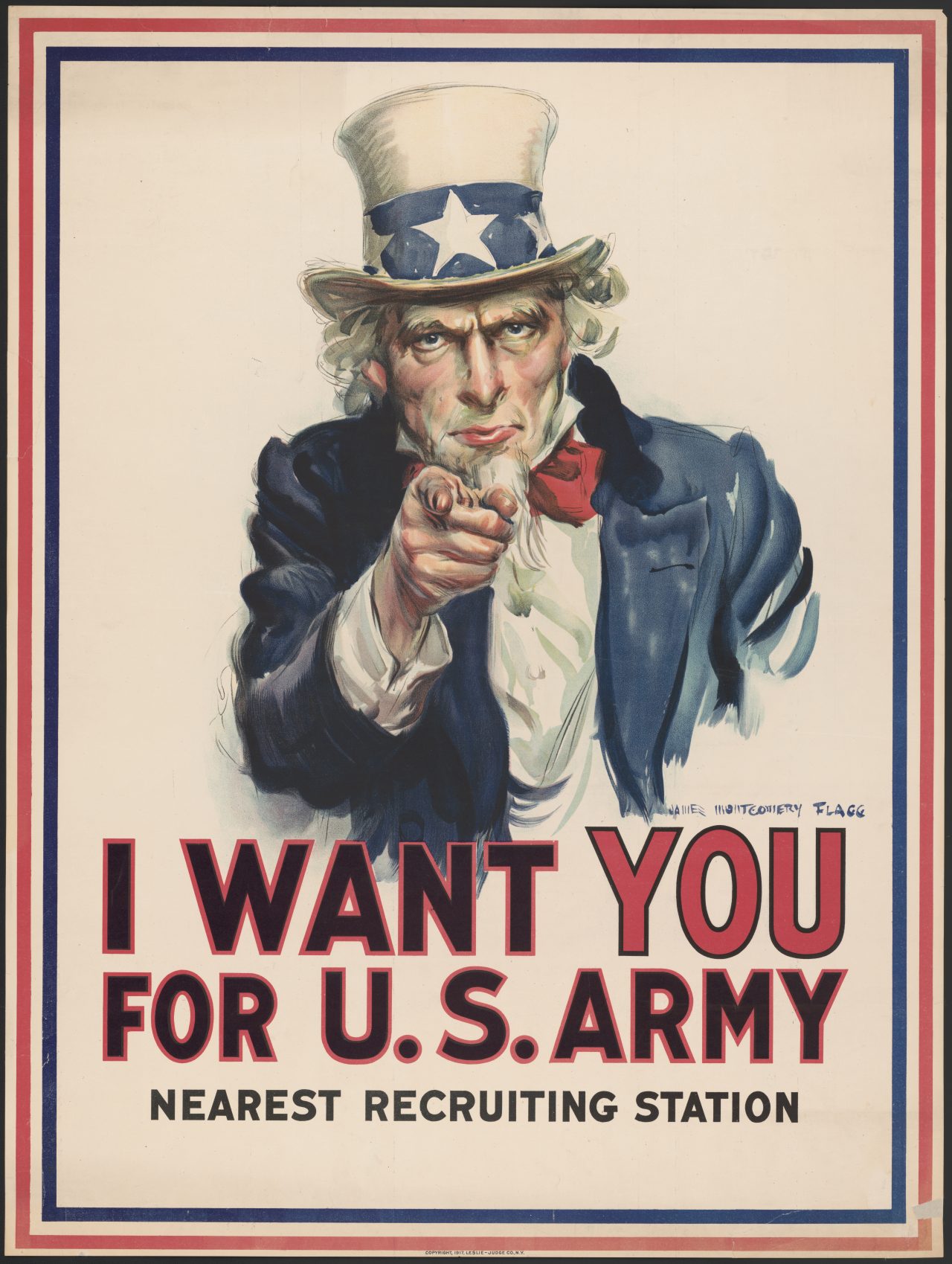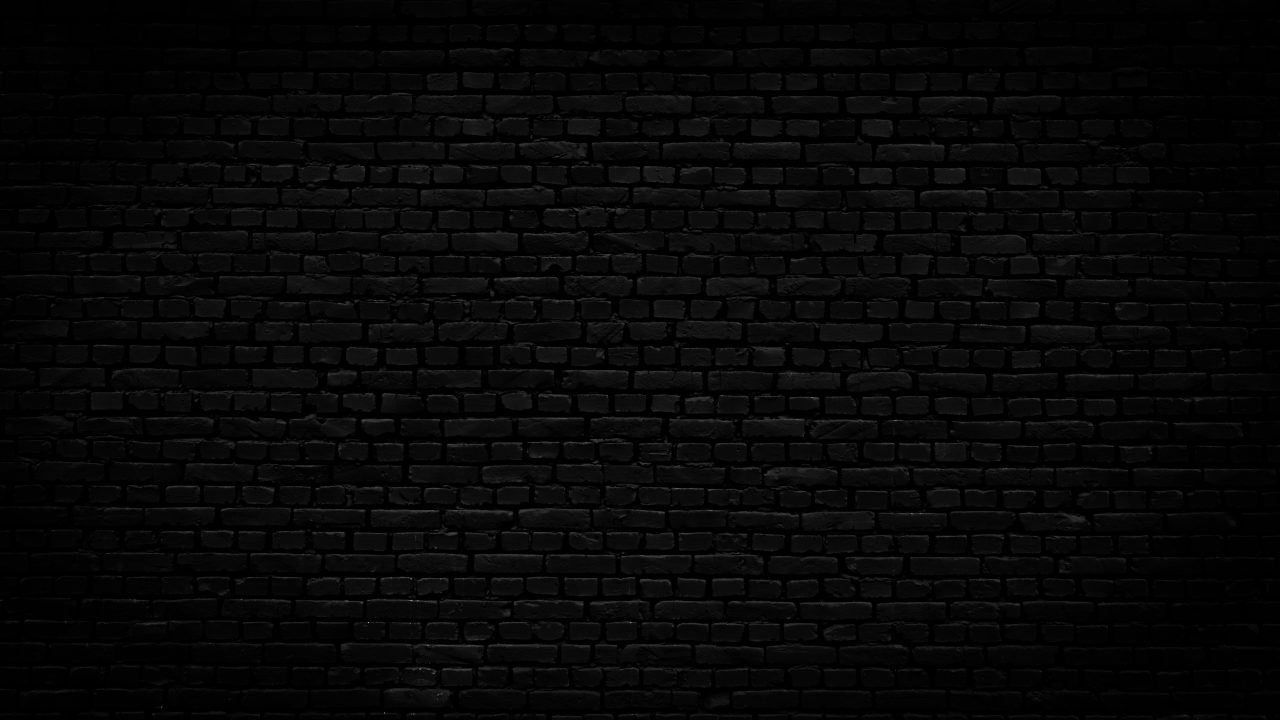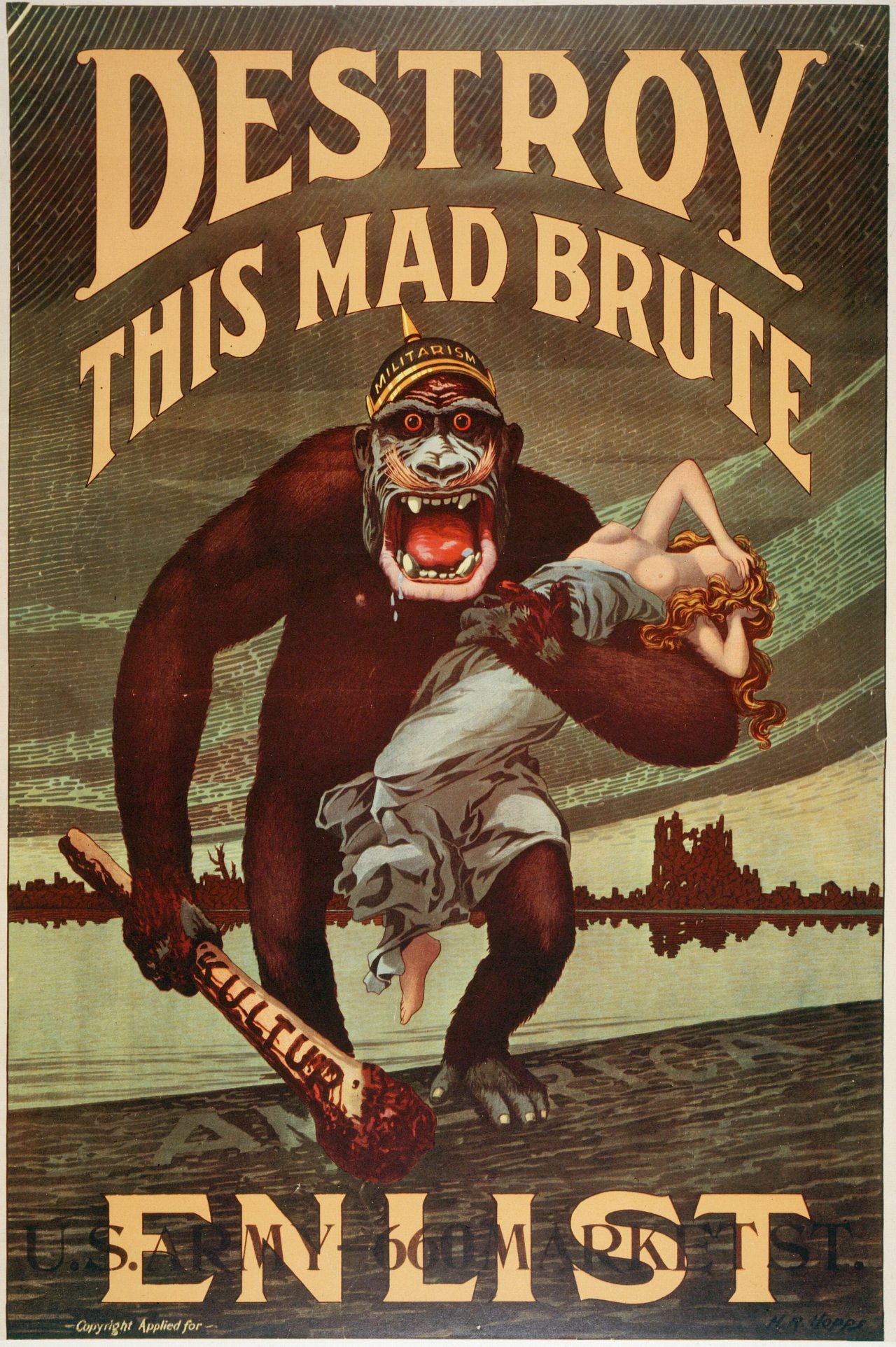Words and Images
as Weapons
During World War I (1914–1918), propaganda was a key part of military warfare. Military leaders discovered that propaganda not only influenced how hard soldiers fought on the battlefield, but the conscious manipulation of words and images also instilled certain stereotypes and beliefs about the enemy, which was important for recruiting more soldiers.
📷 1917 WWI recruitment poster for the U.S. Army. Artist: James Montgomery Flagg (1877-1960)


Mørk murvegg
“Stop the Germans!”
England churned out propaganda for the countries that did not participate in WWI – the neutral nations. These countries were fed with horror stories about German warfare. England and their allies were fighting “a war to end all wars”. It was important to have the support of as many as possible to fight the German desire to create a vast military state in Europe. Towards the end of WWI, the United States became worried that Germany might also occupy their country.
📷 1917 American propaganda poster showing Germany as a crazy gorilla stomping into the United States. Artist: Harry Ryle Hopps (1869-1937)


Mørk murvegg
Ønsker du å lese hele artikkelen?
Ved å logge inn får du full tilgang til artikkelen, samt Lærerrommet med engasjerende læringsstier og oppgaver du kan bruke i undervisningen.
Ønsker du å prøve ut fullversjonen av Skolerom?
Kontakt oss her!
